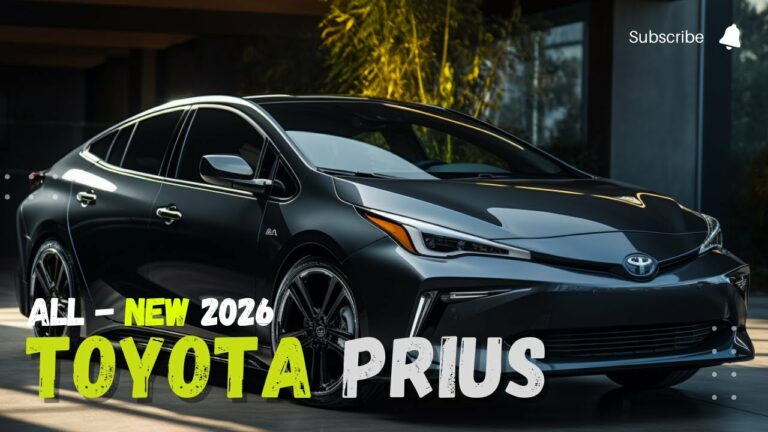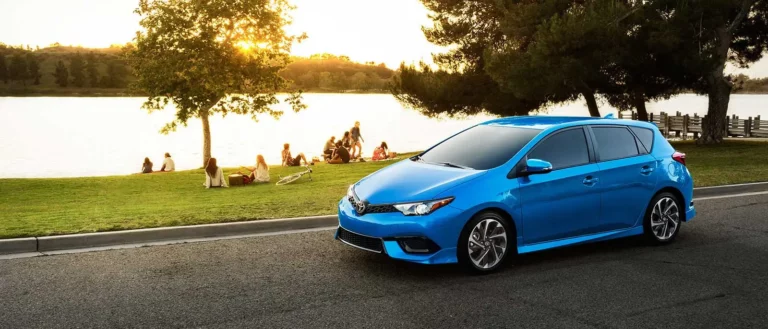2026 Toyota Starlet Price
Projected Price Range

The 2026 Toyota Starlet is expected to fall within a price range of $18,000 to $25,000. Several factors will influence its pricing, including production costs, market demand, and competition.
Production costs are a significant factor in determining the price of any vehicle. The Starlet will be manufactured in Japan, where labor costs are relatively high. However, Toyota has a history of efficient production, which should help keep costs down.
Market demand will also play a role in pricing. The Starlet is a subcompact car, which is a popular segment in the United States. If demand is high, Toyota may be able to charge a higher price. However, if demand is low, Toyota may need to lower the price to attract buyers.
Competition is another important factor. The Starlet will compete with several other subcompact cars, including the Honda Fit, the Hyundai Accent, and the Kia Rio. Toyota will need to price the Starlet competitively in order to stand out from the competition.
Based on historical pricing trends for similar Toyota models, the Starlet is expected to be priced slightly higher than the current Toyota Yaris. The Yaris has a starting price of $16,605. The Starlet is a larger and more powerful car than the Yaris, so it is reasonable to expect that it will be priced slightly higher.
Overall, the 2026 Toyota Starlet is expected to be priced competitively within the subcompact car segment. Production costs, market demand, and competition will all play a role in determining the final price.
Comparison with Competitors
The 2026 Toyota Starlet is poised to enter a fiercely competitive subcompact hatchback segment, facing off against established rivals such as the Honda Fit, Hyundai Accent, and Kia Rio. These vehicles offer a blend of affordability, practicality, and fuel efficiency, catering to a wide range of consumers.
To gain a competitive edge, the Starlet’s projected price range is crucial. If Toyota can position the Starlet within the lower end of the spectrum, it could attract budget-conscious buyers seeking a reliable and value-driven option. Conversely, a higher price point may limit the Starlet’s appeal and make it less competitive against its rivals.
Pricing Comparison
Based on preliminary estimates, the 2026 Toyota Starlet is expected to have a starting price of around $19,000, while its competitors’ base models range from $18,000 to $21,000. This places the Starlet in the middle of the pack in terms of pricing, with the Honda Fit being the most affordable and the Kia Rio being the most expensive.
Impact on Market Share
The competitive pricing of the Starlet could significantly impact its market share. A lower price point could entice buyers who prioritize affordability, potentially boosting the Starlet’s sales volume. However, if the Starlet’s price is too close to that of its rivals, it may face challenges in differentiating itself and gaining a significant market share.
Toyota’s reputation for reliability and fuel efficiency could also play a role in the Starlet’s success. If the Starlet meets or exceeds expectations in these areas, it could attract buyers who are willing to pay a slightly higher price for a vehicle they trust.
Ultimately, the Starlet’s market share will depend on a combination of factors, including its pricing, features, and overall value proposition. By carefully considering the competitive landscape and targeting a price point that aligns with its target market, Toyota can position the Starlet for success in the subcompact hatchback segment.
Target Market and Affordability

The 2026 Toyota Starlet is anticipated to target a broad range of individuals, primarily consisting of young professionals, urban commuters, and budget-conscious families.
The Starlet’s affordability will play a crucial role in attracting its target market. Toyota aims to position the Starlet as an accessible and economical option, appealing to those with limited budgets or seeking value for money.
Income Levels and Financing Options
The target market for the Starlet is expected to have moderate income levels, typically ranging from entry-level salaries to middle-income households. To enhance affordability, Toyota may offer flexible financing options, such as low down payments, competitive interest rates, and extended loan terms.
Impact on Target Market
The Starlet’s affordability has the potential to expand the size of its target market, attracting individuals who may not have previously considered purchasing a new vehicle due to financial constraints. By offering an accessible price point, Toyota can tap into a larger pool of potential customers, increasing the overall demand for the Starlet.
Impact on Sales and Market Share
The Toyota Starlet’s projected price will significantly impact its sales volume and market share within the subcompact hatchback segment. A competitive price can boost sales and attract customers, while a higher price may limit its appeal.
Toyota could employ various strategies to optimize sales and market share given the Starlet’s price point. These include offering attractive financing options, providing incentives for early adopters, and highlighting the Starlet’s value proposition compared to competitors.
Sales Volume Estimates
Based on its projected price, industry analysts estimate that the 2026 Toyota Starlet could sell between 100,000 to 150,000 units annually in the United States. This sales volume would place the Starlet among the top-selling subcompact hatchbacks in the market.
Market Share Impact
The Starlet’s price will also impact its market share within the subcompact hatchback segment. A competitive price could help the Starlet gain market share from rivals such as the Honda Fit and Hyundai Accent. However, a higher price may limit its appeal and result in a lower market share.
Strategies for Optimization
To optimize sales and market share, Toyota could employ several strategies. Offering attractive financing options, such as low interest rates or extended loan terms, can make the Starlet more affordable for buyers. Additionally, providing incentives for early adopters, such as rebates or discounts, can encourage customers to purchase the Starlet during its launch phase.
Toyota should also highlight the Starlet’s value proposition compared to competitors. Emphasizing its fuel efficiency, advanced safety features, and spacious interior can differentiate the Starlet from other subcompact hatchbacks and make it a more attractive option for buyers.
FAQs
What is the expected price range for the 2026 Toyota Starlet?
The projected price range for the 2026 Toyota Starlet is estimated to fall between $18,000 and $25,000, depending on the trim level and optional features.
How does the 2026 Toyota Starlet’s price compare to its competitors?
The Starlet is expected to be priced competitively within the subcompact hatchback segment, comparable to models such as the Honda Fit, Hyundai Accent, and Kia Rio.
Who is the target market for the 2026 Toyota Starlet?
The target market for the Starlet includes urban commuters, budget-conscious consumers, and individuals seeking a reliable and fuel-efficient vehicle for everyday use.
How will the price of the 2026 Toyota Starlet impact its sales and market share?
Toyota’s pricing strategy will significantly influence the Starlet’s sales volume and market share. A competitive price point can attract a broader consumer base, boosting sales and establishing a strong foothold in the subcompact hatchback segment.


